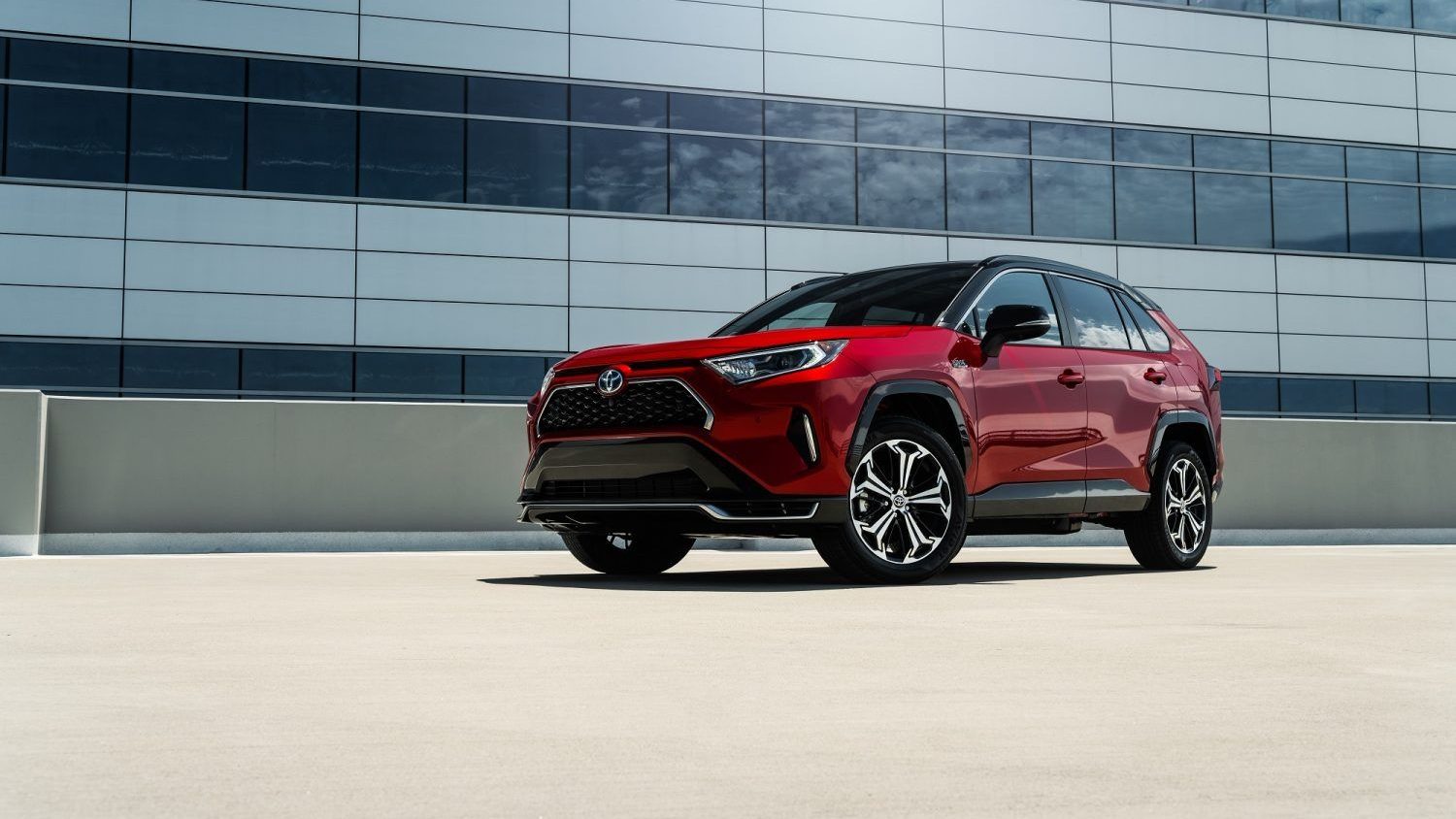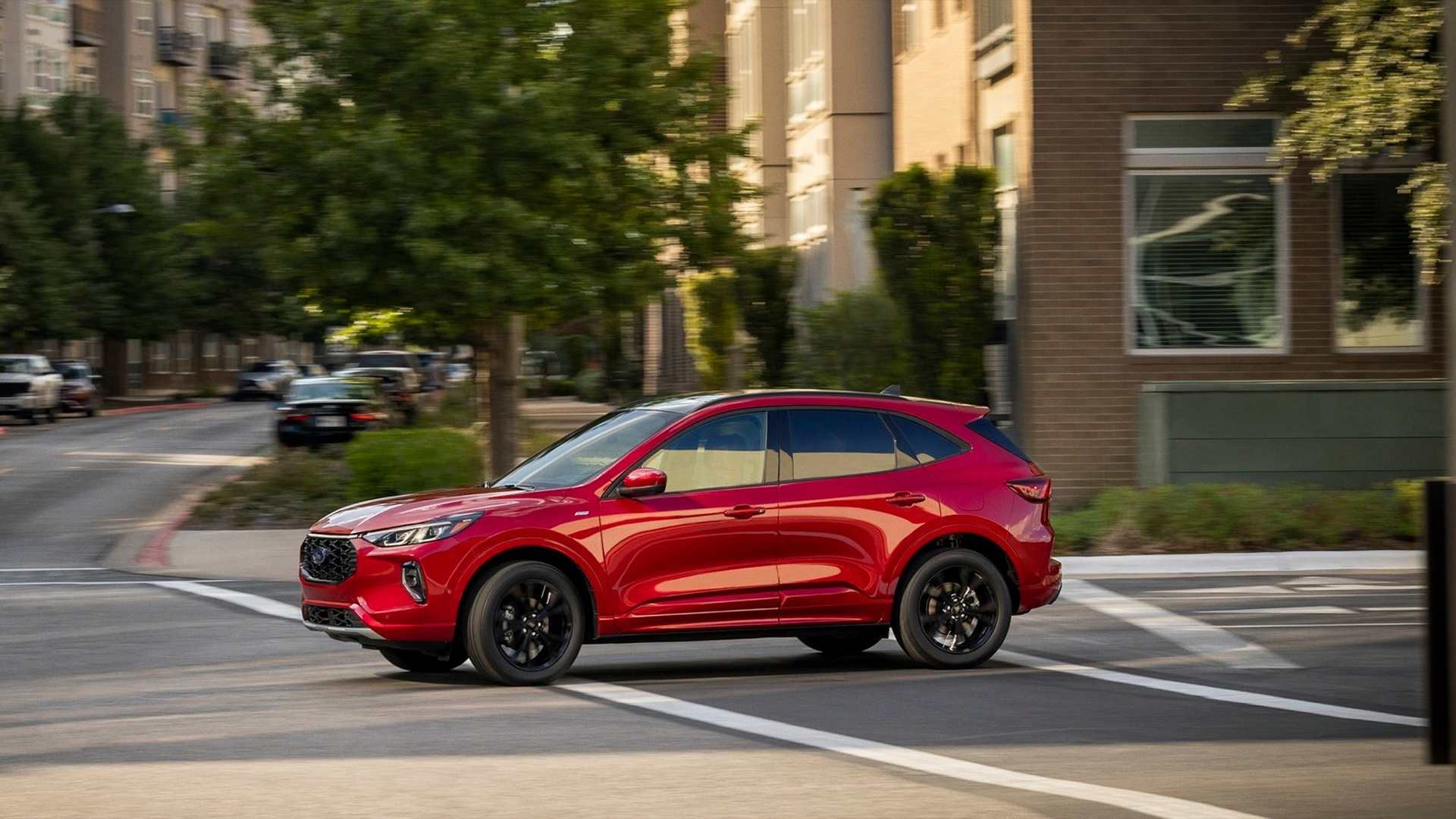History is always a good place to start when considering future developments, for situations and relationships tend to repeat through time. One example of a bad Italy-U.S. combination was the 1989-1991 collaborative effort known as the Chrysler TC by Maserati. Though Maserati was not purchased by Fiat until 1993, the reunion of the two brands stirs memories best left in past.
On the other hand, the even earlier De Tomaso Pantera is also the result of an Italian collaboration with an American car company (Ford), and though it may have been short-lived and temperamental, it was also a source of design innovation and inspiration during its early years.
Chrysler's own recent experience with the Daimler merger should also serve as an example of the possible lack of synergies between U.S. and European carmakers. The ultimately failed relationship arguably cost Chrysler far more than it did Daimler, and left the American company in the ailing state that has helped led to its present condition under Cerberus Capital Management's ownership. Could this partnership with Fiat prove to be Chrysler's death stroke?
Despite initial appearances, Fiat certainly has much to gain by pairing with Chrysler, though, as many are quick to point out, not from a product perspective. Chrysler's own initiatives in Europe have proven few of its products appeal to Continental sensibilities. But in the U.S., Chrysler's dealer network, supplier relationships and (excess) production capacity are precisely what Fiat lacks.
Fiat's planned return to the U.S. has been announced and delayed several times, largely due to the lack of a suitable U.S. partner. In fact, the initial withdrawal of Fiat from the U.S. market came about for many of the same reasons: lack of a solid distribution network and poor build quality due to inadequate supply and manufacturing resources. So the partnership with Chrysler gets it entry into what is still the largest single market in the world.
But sales in the U.S. are declining - precipitously so. Volume that tickled 17 million cars annually for nearly a decade has dropped by 25% or more almost overnight, with some predictions for 2009 going as low as 10.5 million cars. Is getting into this market, now, really such a good idea? And will Fiat really be able to fight it out for market share on the back of Chrysler's already strained supply chain? Fair questions, and ones that will in the end have to be answered by the market itself - but there are many in the industry that think things are already nearing rock-bottom, with future sales and production just as likely to top 17 million units again within a few years as they are to dip below 11 million. That is a longer-term plan, but Fiat's global strategy has thus far been undeniably successful.
Chrysler, on the other hand, has much to gain from Fiat in the immediate future. Access to proven, successful and attractive small cars and their underlying technology could fill a gaping void in the company's product lineup. Sharing platforms, or even just gaining access to Fiat's vast engine repository, could mean a new breath of life even as analysts proclaim the company down for the count.
A few stumbling blocks might arise along that path, however. Fiat, being the global mega-corporation that it is, has many irons in the fire. One of those is the hugely successful 500 minicar - a hotly anticipated addition to U.S. sales. But the Fiat 500 is manufactured in a plant in Tychy, Poland alongside the Ford Ka.
The Ka and the 500 share much in the way of components and underpinnings, and Ford may not be eager to see competitor Chrysler tap into that resource. Similarly, the Fiat 500 shares much with the Panda, another of Fiat's attractive, inexpensive and highly successful European small cars. The deeper one looks at the question, the more competing interests Fiat's other partners appear to have.
Neglecting the possibility of conflicts of interest and legal roadblocks, the return of Fiat itself and subsidiary brands like Alfa Romeo is an attractive prospect indeed for Europhilic American buyers. Finally, getting access to the best of Europe's diesel-powered mincars, Italian-styled coupes and hatches, such as the MiTo, Brera, Bravo and Grande Punto - names that read like the ringing of Pavlov's bell - could leapfrog Fiat and Alfa Romeo to the forefront of the nascent U.S. premium small-car market.
In the end, however, it will likely be the American consumer that decides the fate of this union as much as any other factor, as even during the worst of times good products. So the ultimate question is: What does the Chrysler-Fiat partnership mean to you?



